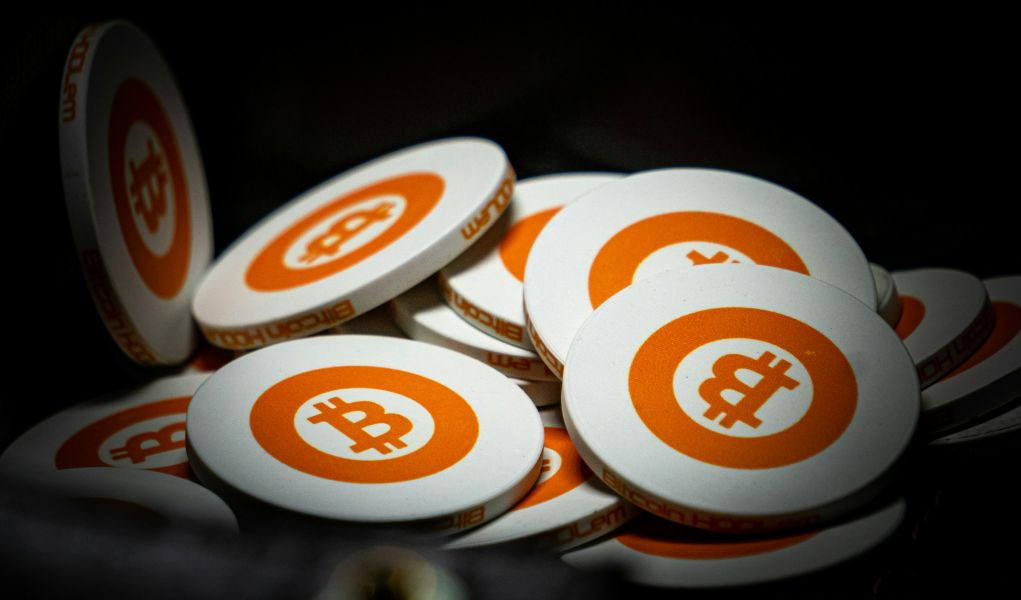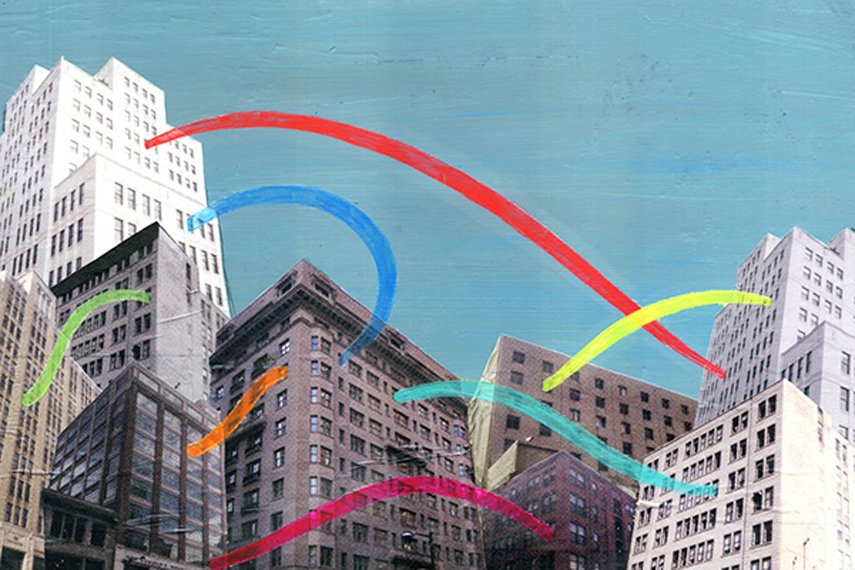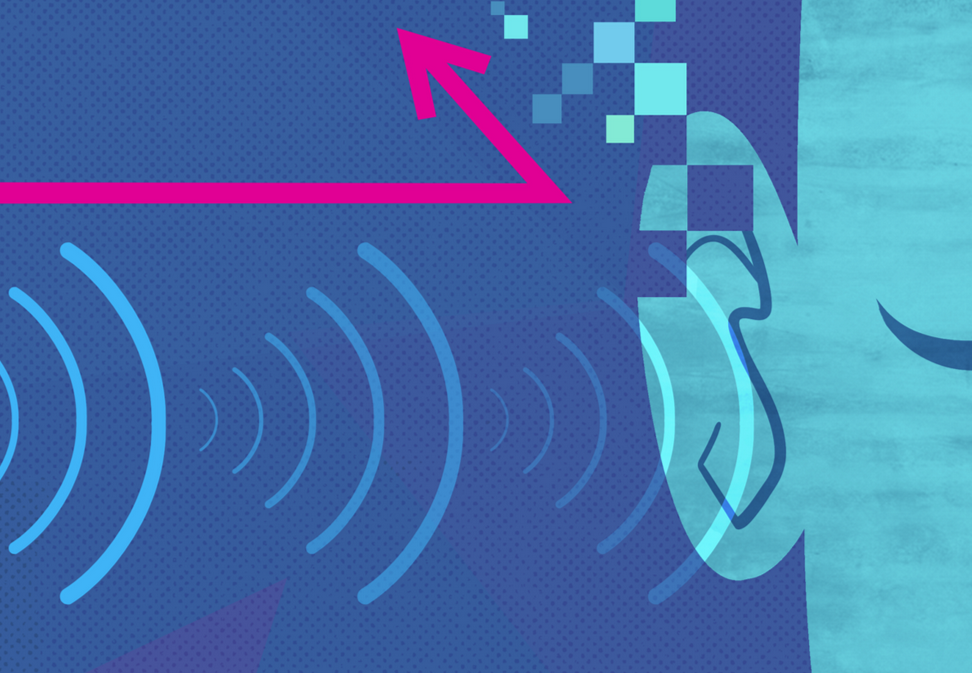Bitcoin is known as digital money and a store of value. However, Ordinals, which emerged in early 2023, expanded Bitcoin’s use case to create a new market for on-chain NFTs.

What Are Ordinals?
Ordinals are non-fungible digital assets on Bitcoin created by inscribing data onto satoshis(sats). Ordinals assign numbers to the sats in the order they appear, making each token unique.
In January 2023, Casey Rodarmor launched the Ordinals protocol, which allows direct embedding of digital content such as text, artwork, and video on the Bitcoin blockchain.
The explosive growth of the NFT market, particularly around Ethereum’s ERC-721 standard in 2021, inspired Rodarmor, a programmer and artist, to inscribe the genesis Ordinal on December 14, 2022.
In the context of Bitcoin, Ordinals are identifiers of each satoshi. The Ordinal theory assigns unique identities to satoshis, enabling them to be tracked, transferred, and embedded with additional meaning.
How Do Ordinals Work?
Ordinals leverage the Bitcoin blockchain for data storage by inscribing data onto satoshis, the smallest unit of Bitcoin equal to 0.00000001 BTC. Each satoshi has a unique identifying number, which allows tracking through each transaction.
The Ordinals protocol allows users to inscribe data onto satoshis. The data is stored in a Bitcoin transaction’s “witness” section. Introduced in 2017 with SegWit, the witness area contains information such as scripts and signatures. It also allows for more transactions per block.
The witness section can hold up to 80 bytes of data per satoshi. Thus, a single transaction using 100 satoshis can store 8000 bytes of data, enough for small images, text, or code snippets. For larger files, a technique called “chunking” is used. Chunking splits the file into smaller pieces and inscribes them across multiple transactions.
How Ordinals Have Impacted Bitcoin
Since the introduction of Ordinals on the Bitcoin network, here are some of the effects they have had.
Use Cases Expansion
Many supporters within the Bitcoin community believe that Ordinals have brought life to the network owing to the added opportunities.
Ordinals have brought about other use cases for Bitcoin beyond financial transactions, such as collectibles, digital art, and a likelihood for decentralized on-chain applications. In addition, new types of content, such as images, texts, and some programs, can be inscribed on satoshis, expanding the Bitcoin network.
Enhanced Liquidity
Digital assets created through the Ordinals protocol open a new market in the Bitcoin ecosystem. This is due to the trading and auction of Ordinals, which increases Bitcoin liquidity as more transactions occur.
In addition, higher fees brought about by Ordinals due to increased data stored on-chain could incentivize more miners to secure the network. More security and user trust would, hence, increase demand for Bitcoin.
Innovation
Bitcoin Ordinals have brought about innovation by encouraging users and developers to think about different uses that can be implemented on the blockchain. Hence, some projects and startups seek ways to leverage ordinals for various applications.
For instance, Rodarmor introduced the Bitcoin Runes in September 2023 to improve the token standard for fungible asset issuance on Bitcoin. The Runes Protocol, which went live in April 2024, aims to replace the less efficient Ordinals-based BRC-20 token standard.
Network Impact
Ordinals have led to increased transaction fees and larger average block sizes on the Bitcoin blockchain, providing miners with a more stable fee revenue. In addition, higher transaction fees increase network security, which raises the barrier for carrying out a 51% attack, where an entity has majority control over the network’s hash rate.
However, this has raised concerns about the network’s ability to accommodate the growing volume of transactions, including Bitcoin financial transactions and innovative uses like those enabled by Ordinals.
Final Take
Ordinals allow the creation and ownership of non-fungible tokens directly on the Bitcoin blockchain. These Bitcoin NFTs have been met with enthusiasm due to the security they add to the network and the increased number of use cases.
However, critics still point to the increased fees and large data use that could affect the performance of the Bitcoin network.

Founder Dinis Guarda
IntelligentHQ Your New Business Network.
IntelligentHQ is a Business network and an expert source for finance, capital markets and intelligence for thousands of global business professionals, startups, and companies.
We exist at the point of intersection between technology, social media, finance and innovation.
IntelligentHQ leverages innovation and scale of social digital technology, analytics, news, and distribution to create an unparalleled, full digital medium and social business networks spectrum.
IntelligentHQ is working hard, to become a trusted, and indispensable source of business news and analytics, within financial services and its associated supply chains and ecosystems




























